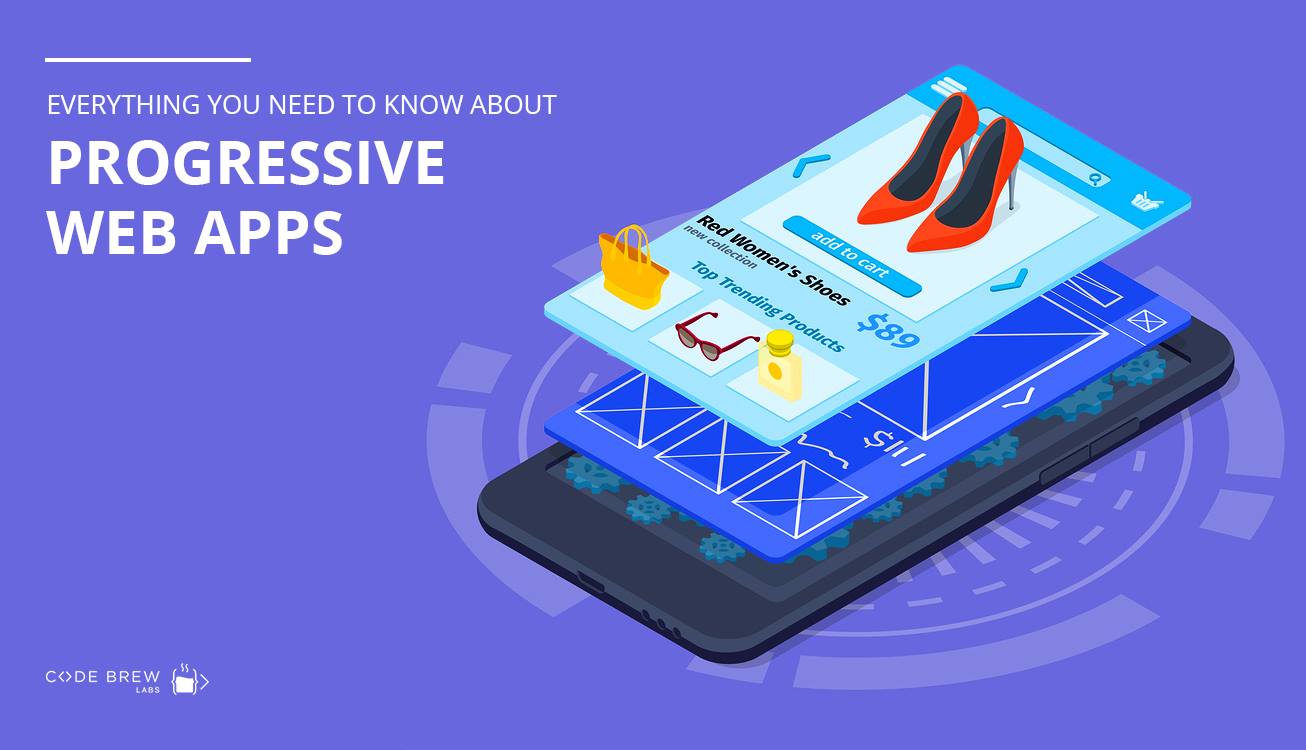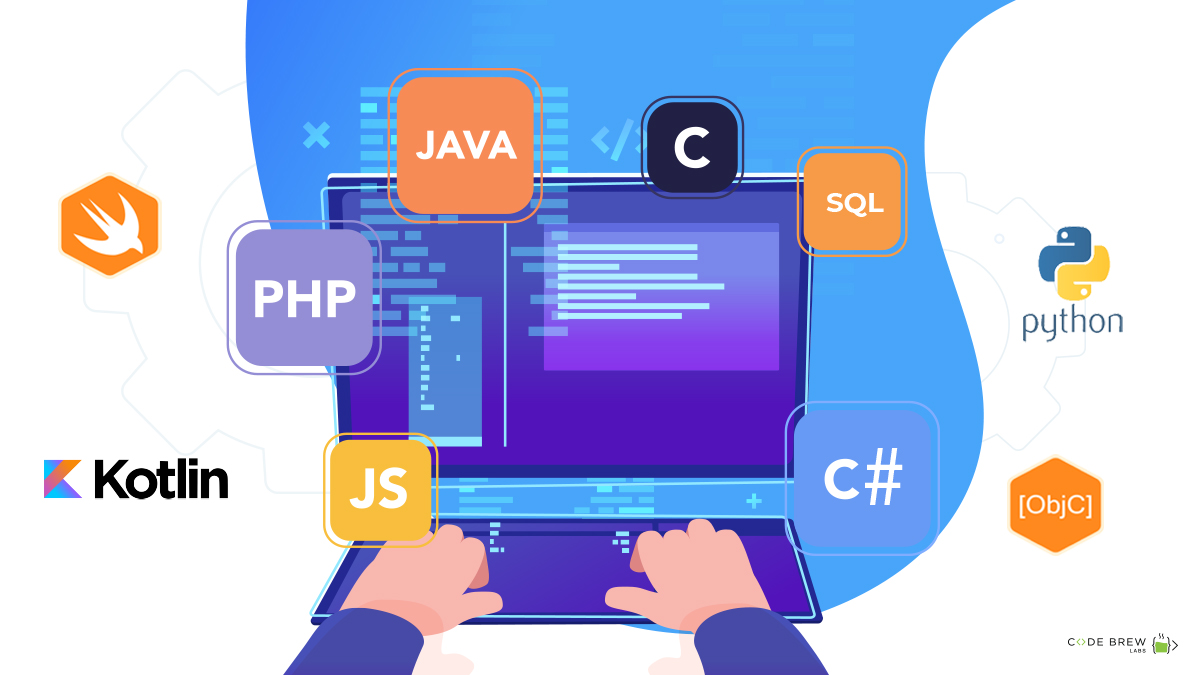Instant access to a plethora of options, looking for mobile phones on a mobile phone, sounds enigmatic, right? Well that’s what’s happening now, the paradigm shift just needed a small push. And the push came in the form of ecommerce mobile apps.
The ecommerce industry has gained a lot from mobile apps. Better outreach, higher conversion rate and minimum cart abandonment are the most notable benefits of an ecommerce mobile app.
To enjoy such benefits, you must ensure your mobile app is liked by your audience. It is a 2-stage process:
- Creating an ecommerce mobile app
- Marketing and promoting your mobile app
Start With a Minimum Viable Product (MVP)
Take a good look at your smartphone and see all the apps you use on daily basis. From Facebook to Twitter to ?Uber, every app that you use today didn’t look the same initially. That’s because all these companies launched an MVP that performs the minimum required function.
MVP lets you confirm if your app is going in the right direction. It also helps you enter the market in a timely manner.
Once your MVP shows all the positive signs, it’s time to go full monty and create a complete app.
Creating an Ecommerce Mobile App
It starts with a thought process revolving around how you want your ecommerce mobile app to look and work. While it’s a fact that every ecommerce mobile app works the same way at its core, it’s the UI/UX that makes the difference.
The look of an ecommerce mobile app is all about the way you design it. Here are the key points you need to focus on while designing your app:
Keep The Clutter Out
This is the first mistake every app owner and designer should avoid. The fear of doing too little makes us end up doing too much. Excess of design elements make an app look cluttered and drive your audience away.
Minimalism is a good design approach. It keeps aoo users’ focus on things that matter with minimum to no distractions. The average attention span of customers is about 8 seconds. A clean, minimalistic design will help entrepreneurs keep their audience focussed on things that matter.
Simple and Easy Navigation

Apps that make customers move from page to page to buy something end up selling nothing. If your customers wanted to solve a riddle, they’d play sudoku,
The faster your potential customers move through the checkout funnel, the higher are the chances of converting them. Easy navigation with short user journey will help you improve conversions.
Thumbsize Buttons
Many ecommerce apps are guilty of placing many small buttons close to each other, not a good practice. You apps should have buttons that are big enough to avoid wrong taps. The rule of the thumb is to size your CTA and navigation buttons for thumb taps. This also makes buttons big enough to grab user attention.
Web Optimized High Quality Images
Nothing kills shopping experience faster than low quality or stock images, unless it’s large, heavy images that take forever to load. A wise man once said, “Seeing is believing.” Make sure your audience can see what all you ecommerce mobile app has to sell. Otherwise, they’d be buying from your competitors.
With these key design points in mind, it’s time to see what all you need to focus while developing a mobile app.
Security
Ecommerce industry dwells on customer information, from name to address to bank details and credit/debit card details. Thus, a secure interface that keeps all the data safe and secure is crucial. Look for security loopholes in the code and fix them.
Chatbots

It’s difficult to hire a customer service team in the beginning, and this is where Chatbots save the day. Using machine learning and AI, chatbots are able to handle customer queries through a live chat interface.
Product Recommendation
Recommending products that complement an item selected by the user helps in increase average order value. A smart recommendation system detects items that can be clubbed together, giving customers more buying options without leaving the app page.
Multiple Payment Options
The more options you provide for payments, the higher the chances of conversion. From the good old cash on delivery to online payment methods, the options are galore. Use all of them.
Social Media Integration
No ecommerce app is complete without social media integration. From SM login to sharing what a customer bought to reading/posting reviews, social media enhances user experience in many ways.
The next step is all about how you want the money to come in. Depending on your business model, a mobile app development company can integrate any and all revenue channels you want.
Next comes the stage where many entrepreneurs are found at their wits’ end: promoting their ecommerce mobile app.
Promoting an app is all about telling people what needs it addresses and meets. We won’t talk about the conventional marketing tips discussed many times in many blogs. Here are the pro tips that every ecommerce app owner should know:
App Store Optimization(ASO), we aren’t sure how many people know of this, because we don’t see many app owners doing it.
A gripping and engaging landing page with all the right information that drives your audience to download your app.
Conclusion
Ecommerce mobile apps are no more a luxury, they are an absolute necessity to survive the cut throat competition. The only way to sustain and lead the game is to be there for our customers at all times. This is only possible if your brand resides on their phone.
The points we mentioned above will definitely help you create an ecommerce mobile app that is destined to succeed. Let’s recall all we discussed above:
- Clean and clutter free design.
- Easy navigation
- Secure interface
- Multiple payment options
- Great images
- Chatbots to handle customer queries
- Product recommendation for better AOV
Invest in an ecommerce mobile app today and generate high ROI with a tap on the screen. Get in touch with a mobile app development company to get the right solution.






